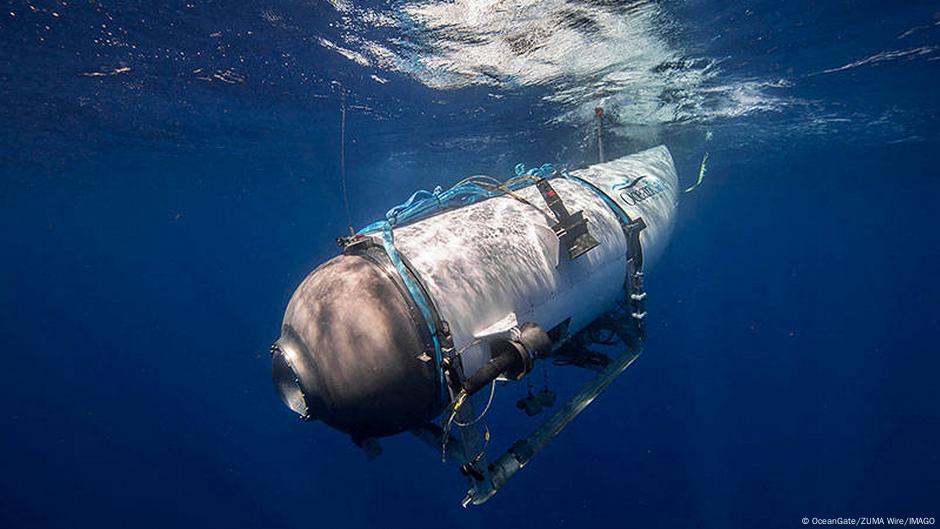Days after the Ukrainian military’s latest surprise attack in the Russian region of Kursk, much remains unclear.
Kiev has remained silent so far, as it did in early August 2024 when Ukraine first advanced into Russian territory.
Meanwhile, the Russian Defense Ministry said Monday that it had reported an “attempt to advance” by Ukrainian forces toward the Bolshesoldatsky region, about 80 kilometers (about 50 miles) southwest of the regional capital Kursk.
According to Moscow, four tanks, two infantry fighting tanks, 16 armored fighting vehicles and one mine clearance vehicle were destroyed.
It is not possible to independently verify this information.
On Sunday morning, news came of a new Ukrainian offensive in the Kursk region.
Russian war bloggers reported on Ukrainian “convoys” and shared videos taken by drones showing several Ukrainian tanks in snow-covered fields and roads.
Some mentioned the use of Western precision missiles, which also cannot be independently verified.
Trying to influence Trump?
However, to observers, the invasion of Kiev was not a shock.
In December, Austrian military expert Colonel Markus Reisner told DW that such an attack was likely.
He said Ukraine would try to demonstrate to its allies the importance of continued support for the country “just before Donald Trump takes over the US presidency.”
This is what we are seeing at the moment, Reisner has now confirmed.
US President-elect Trump has repeatedly declared that he wants to end the Russian war against Ukraine as quickly as possible, although he has not explained how he intends to do this. During the US election campaign, he also raised questions about further support for Ukraine.
However, Trump’s actual plans are unlikely to become clear before he takes office on January 20.
According to Reisner, it was still too early to declare a “real Ukrainian offensive” at Kursk.
“The offensive would mean that large units of the armed forces would attack at the operational level to achieve strategic objectives,” Reisner said. “What we see so far is an advanced counter-offensive involving three brigades or their some part.”
The actual motive still seems unclear, Reisner said, adding that there could be multiple motivations behind such an attack.
First, he said, the Ukrainian army has come under increasing pressure in the Kursk area and has already lost almost half of the territory it captured five months ago.
In addition, currently Ukrainian-controlled territory of about 500 square kilometers (about 193 square miles) is in contact with Russia on three sides.
In turn, he sees that the latest developments may be an attempt to “break out of this circle.”
More surprises are likely
Shashank Joshi, a military affairs expert at the British magazine The Economist, also thinks about other possible reasons.
“The intention may be to push the Russian military on the backfoot to prevent them from going on a sustained offensive,” Joshi told DW.
“This is complicated by the fact that there is also a fairly significant Russian offensive going on at Kursk at the same time,” he said.
Joshi also would not rule out that the Ukrainian attack could serve as a bargaining chip ahead of the diplomatic talks that are expected once Trump takes office.
“But it could also be something different, it could be an act of distraction for offensive action elsewhere,” he told DW.
Marcus Reisner echoed this thought, saying, “I believe we will continue to see some surprises with respect to January 20.”
“Looking at the north-east of Ukraine, it is clear that the front is not completely defended by the Russian side,” he said. “There are a number of areas that would lend themselves to further development to achieve maximum success ahead of potential negotiations.”
Furthermore, Reisner cited recent statements by US Secretary of State Antony Blinken as confirmation.
During a recent visit to Seoul, the top US diplomat said Ukrainian positions in Kursk are “important” because of the role they will play in future talks.
Is the Ukrainian advance risky?
Similar to the Ukrainian attack at Kursk in August, the question once again arises whether it is appropriate for Kiev to send troops into Russian territory.
This is especially important as Ukrainian forces are retreating east and losing more and more ground. In particular, the military city of Pokrovsk in the west of the Donetsk region has been at the center of fighting for months.
New Ukrainian advances may be risky, but the political benefits outweigh the risks, experts agreed.
“If Russia takes a little bit or all of Pokrovsk, it moves further west,” Joshi told DW. “It’s bad, but it doesn’t necessarily make any qualitative difference to the balance of power and diplomatic negotiations.”
However, he added, if Ukraine retains control of Kursk, it could meaningfully impact the situation in the region in the coming months. “So it’s a calculated risk,” Joshi said.
In addition, for Ukraine, it is important to “stay in the headlines” before Trump comes to power, Reisner said, because the West’s continued support is important for Ukraine.
Both Ukrainian and Russian forces have been “reduced,” Reisner said, adding that if Trump’s pressure does not stop, “the drama of war could begin again.”
This article was originally published in German.






Leave a Reply